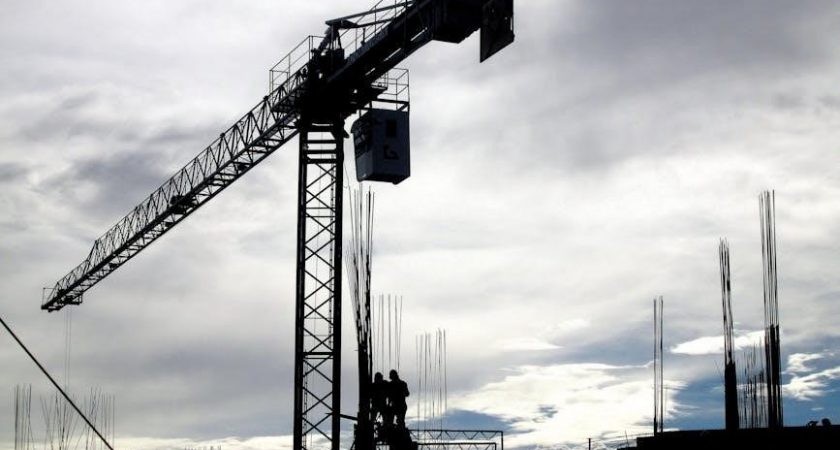A crane manual is an essential guide providing detailed instructions for safe operation, maintenance, and troubleshooting; It ensures compliance with industry standards and optimal equipment performance.
1.1 Purpose and Importance of a Crane Manual
A crane manual serves as a critical reference for operators, outlining safety protocols, operational procedures, and maintenance requirements. Its primary purpose is to ensure safe and efficient crane operation, reducing risks of accidents and equipment damage. The manual provides detailed guidelines for pre-operation checks, load management, and emergency procedures, ensuring compliance with industry standards. By following the manual, operators can extend the crane’s lifespan, optimize performance, and adhere to legal and regulatory requirements. It acts as a comprehensive guide, essential for both novice and experienced operators to handle cranes effectively and responsibly.
1.2 Key Components of a Comprehensive Crane Manual
A comprehensive crane manual includes detailed technical specifications, safety guidelines, and operational instructions. It covers crane capacity, dimensions, and weight limits, ensuring safe and efficient use. The manual also outlines maintenance schedules, lubrication requirements, and troubleshooting procedures. Additionally, it provides diagrams and schematics for major components, such as hoisting systems and control panels. Compliance with industry standards and regulatory requirements is also addressed. Clear instructions for pre-operational checks and emergency protocols are included to ensure operator safety. This manual serves as a one-stop reference for crane operators, maintenance personnel, and supervisors.
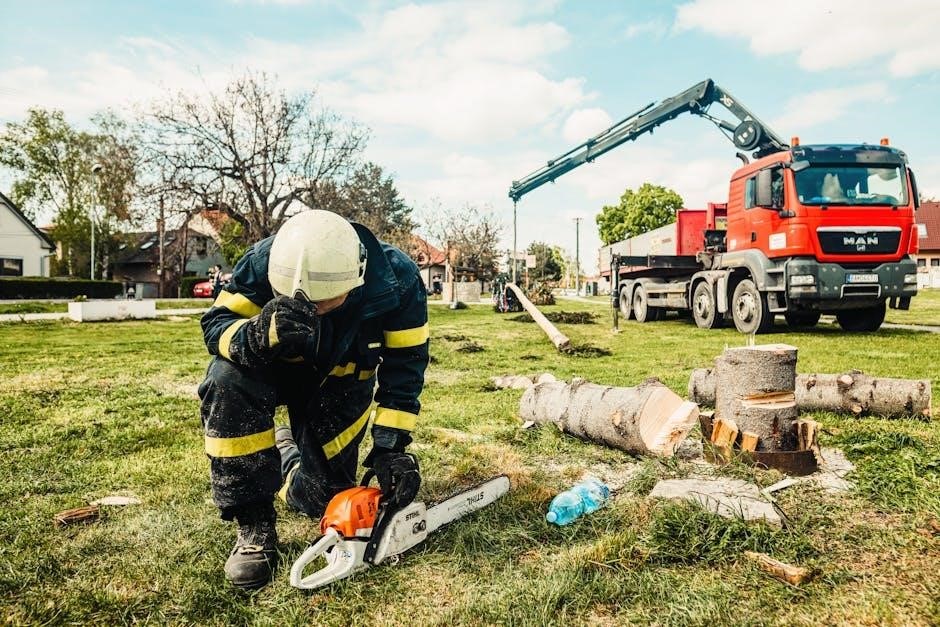
Safety Precautions and Regulations
Adhering to safety regulations is crucial for preventing accidents and ensuring smooth crane operations. Compliance with industry standards is essential for operational integrity and reliability.
2.1 Pre-Operational Safety Checks
Pre-operational safety checks are critical to ensure crane functionality and safety. Operators must inspect wire ropes for damage, test hydraulic systems for leaks, and verify load charts. All control functions, including emergency stops, should be tested. Visual inspections of structural components like booms and hooks are essential. Proper lubrication of moving parts must be confirmed. Additionally, operators should review weather conditions and ensure the crane is level. Documentation of these checks is required to maintain compliance with industry standards and prevent potential hazards during operation.
2.2 Emergency Procedures and Shutdown Protocols
In case of emergencies, crane operators must follow established shutdown protocols to ensure safety. These include activating emergency stop buttons, disconnecting power sources, and securing the crane. Operators should be trained to identify potential hazards and execute swift, precise actions. Proper communication with the team is critical to prevent accidents. After an emergency shutdown, a thorough inspection is required before resuming operations. Regular drills and updated documentation ensure preparedness. Adhering to these protocols minimizes risks and protects both personnel and equipment. Always follow manufacturer guidelines for emergency situations.
Understanding Crane Components
Crane components include the boom, mast, and slewing unit. Hydraulic systems power movements, while electrical systems manage controls and safety features. Understanding these elements ensures proper functionality.
3.1 Major Structural and Mechanical Parts
A crane’s major structural components include the boom, mast, and chassis, which provide stability and support. The boom, often telescoping or fixed, extends to lift loads, while the mast connects the cab to the boom. Mechanical parts like hoisting winches, wire ropes, and sheaves are crucial for lifting operations. Proper lubrication and inspection of these components ensure smooth functionality and prevent wear. Understanding their roles is vital for safe and efficient crane operation, as outlined in the manual.
3.2 Hydraulic, Electrical, and Control Systems
The hydraulic system powers crane movements, utilizing pressurized fluids for lifting and extending components. The electrical system provides energy to motors, control panels, and safety devices, ensuring smooth operation. Control systems, including joysticks and programmable logic controllers (PLCs), regulate crane functions, while sensors monitor performance and safety. These systems must be regularly inspected and maintained to prevent failures. Proper integration ensures precise operation, while adherence to manufacturer guidelines guarantees reliability and safety. Regular checks of hydraulic fluid levels, electrical connections, and control software are essential for optimal performance and longevity.
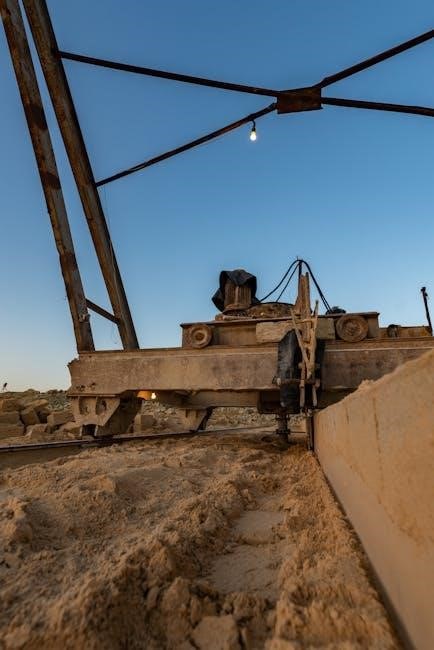
Operating the Crane
Operating a crane involves pre-operation checks, load management, and hoisting techniques. Ensure adherence to safety standards and manufacturer guidelines for smooth and efficient crane operations.
4.1 Pre-Operation Preparation and Setup
Before operating a crane, conduct a thorough inspection of all components, including wire ropes, hooks, and hydraulic systems. Ensure the crane is on level ground and stable. Check control systems for proper function and verify load charts for capacity. Lubricate moving parts and ensure all safety devices are operational. Secure loose items on the crane to prevent snagging during operation. Review the load’s weight and dimensions to determine the appropriate setup. Finally, perform a test lift with no load to ensure smooth operation and proper function of all systems before engaging in actual lifting tasks.
4.2 Load Management and Hoisting Techniques
Proper load management and hoisting techniques are critical for safe and efficient crane operations. Operators must calculate the load’s weight and ensure it does not exceed the crane’s capacity. Secure attachment of the load using appropriate slings and hooks is essential to prevent shifting or dropping. Smooth, controlled movements are required to maintain stability and avoid sway. Operators should also be aware of environmental factors like wind, which can affect load balance. Clear communication between the operator and ground crew ensures precise placement and minimizes risks of accidents or damage. Regular training and adherence to safety protocols further enhance hoisting efficiency and safety.

Maintenance and Inspection
Regular lubrication of moving parts, thorough inspection of wire ropes, and timely replacement of worn components are crucial for ensuring crane safety and operational efficiency.
5.1 Daily Maintenance and Lubrication
Daily maintenance is critical for crane performance and longevity. Operators should inspect lubrication points, applying grease to moving parts as specified. Check hydraulic fluid and oil levels, ensuring they meet manufacturer guidelines. Wire ropes must be inspected for wear or damage, with lubrication applied to prevent corrosion. Cleanliness is key; remove dirt and debris from components to avoid malfunction. Properly tighten loose bolts and verify brake systems function correctly. Document all maintenance activities for future reference. Adhering to a daily routine ensures smooth operation, reduces downtime, and prevents costly repairs.
5.2 Periodic Inspections and Replacement of Parts
Regular inspections are crucial for ensuring crane safety and efficiency. Operators must check wire ropes, hydraulic systems, and structural components for wear or damage. Lubrication of moving parts should be done as per the manual’s schedule. Worn or damaged components must be replaced promptly to prevent operational hazards. Documentation of inspections and replacements is essential for compliance with safety regulations. Always refer to the manufacturer’s guidelines to determine the frequency and scope of inspections. Professional technicians should handle complex replacements to guarantee proper installation and functionality;
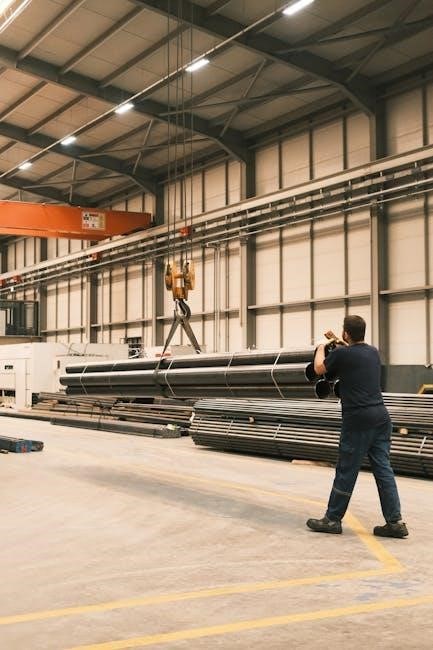
Troubleshooting Common Issues
Troubleshooting involves identifying and resolving crane malfunctions, such as mechanical failures or electrical issues, through systematic diagnostic checks and maintenance to ensure safe and efficient operation.
6.1 Identifying and Diagnosing Problems
Identifying and diagnosing crane issues requires a systematic approach. Start by reviewing error codes or unusual behaviors. Check for mechanical failures, hydraulic leaks, or electrical malfunctions. Consult the manual for troubleshooting guides tailored to specific symptoms. Use diagnostic tools to isolate faults, such as faulty sensors or worn components. Document all findings and compare them with manufacturer guidelines to determine root causes. Regular inspections and maintenance logs can help pinpoint recurring issues. Always prioritize safety by shutting down the crane if a critical problem is detected. Accurate diagnosis ensures timely repairs, minimizing downtime and preventing accidents.
6.2 Resolving Common Operational Issues
Common crane issues include hydraulic malfunctions, control system errors, and load imbalance. First, identify the problem using diagnostic tools and manual checks. For hydraulic issues, inspect fluid levels and pipes for leaks. Control system faults may require resetting or updating software. Load imbalance can be corrected by adjusting counterweights or redistributing the load. Always follow emergency shutdown protocols if safety is at risk. Regular maintenance and adherence to manufacturer guidelines help prevent recurring issues. If unresolved, consult the manual or contact professional technicians for assistance to ensure safe and efficient crane operation.
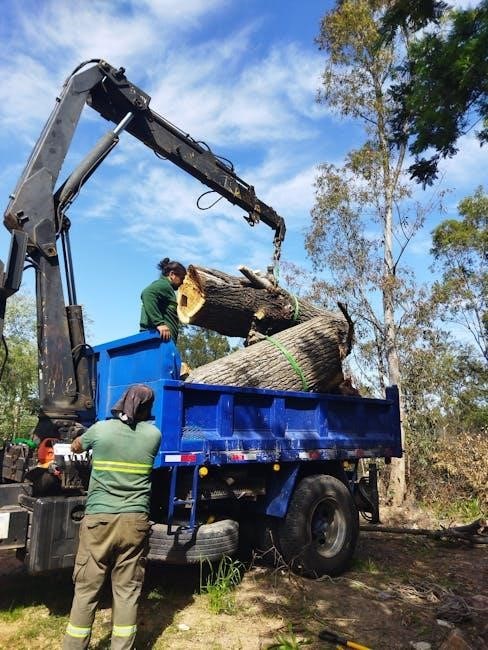
Regulatory Compliance and Standards
Adherence to industry regulations and standards is crucial for safe crane operations. Compliance ensures legal requirements are met and promotes operational efficiency and accountability.
7.1 Industry Standards for Crane Operation
Industry standards for crane operation ensure safety, efficiency, and compliance with regulations. Organizations like OSHA, ASME, and ISO establish guidelines for crane design, maintenance, and operation. These standards cover load testing, operator training, and equipment inspections. Adhering to them minimizes risks, extends equipment lifespan, and prevents legal issues. Key standards include ASME B30.5 for mobile cranes and OSHA 29 CFR 1926.1430 for construction cranes. Compliance involves regular inspections, proper documentation, and certified operator training. Following these standards is critical for safe and reliable crane operations across various industries.
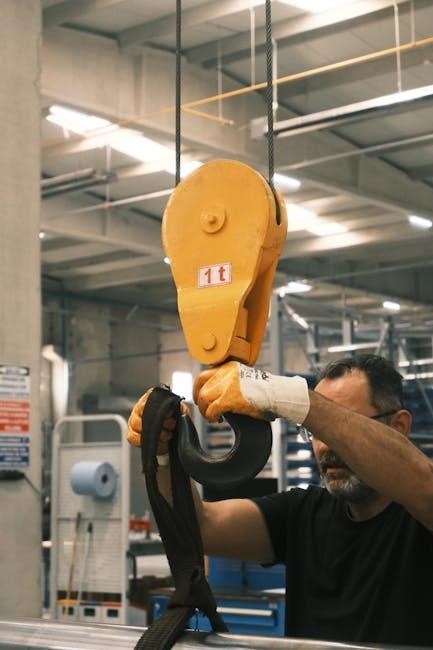
7.2 Documentation and Record-Keeping Requirements
Proper documentation and record-keeping are critical for crane operations, ensuring compliance with safety standards and regulations. Operators must maintain detailed logs of inspections, maintenance activities, and training records. Accurate documentation helps track equipment history, verify compliance, and provide evidence in case of audits or incidents. Digital tools and software can streamline record-keeping, ensuring data accuracy and accessibility. Regular updates and reviews of documentation are essential to reflect operational changes and adherence to evolving industry standards. Proper record management supports accountability, safety, and efficient crane operation.
Best Practices for Crane Operators
Adherence to safety protocols, regular training, and clear communication are crucial. Operators should maintain focus, ensure proper load management, and collaborate effectively with team members during operations.
8.1 Operator Training and Certification
Comprehensive training programs ensure operators understand crane mechanics, safety protocols, and operational best practices. Certification validates their expertise, ensuring compliance with industry standards and reducing accident risks. Training includes theoretical knowledge and hands-on practice, covering load management and emergency procedures. Regular updates and recertification are crucial to adapt to new technologies and regulations. Employers must verify certifications before allowing operators to handle equipment. Proper training fosters a culture of safety and efficiency, minimizing downtime and enhancing overall productivity. Continuous learning ensures operators stay proficient and aware of evolving industry requirements and advancements in crane technology.
8.2 Effective Communication and Team Coordination
Effective communication and team coordination are critical for safe and efficient crane operations. Clear verbal or hand signals ensure all team members understand their roles and the operation’s sequence. Pre-operation briefings align the team on the task, while real-time feedback allows for dynamic adjustments. Assigning roles like spotter or signal person enhances coordination, reducing risks of miscommunication. Proper teamwork ensures tasks are executed smoothly, minimizing hazards and improving overall productivity.
